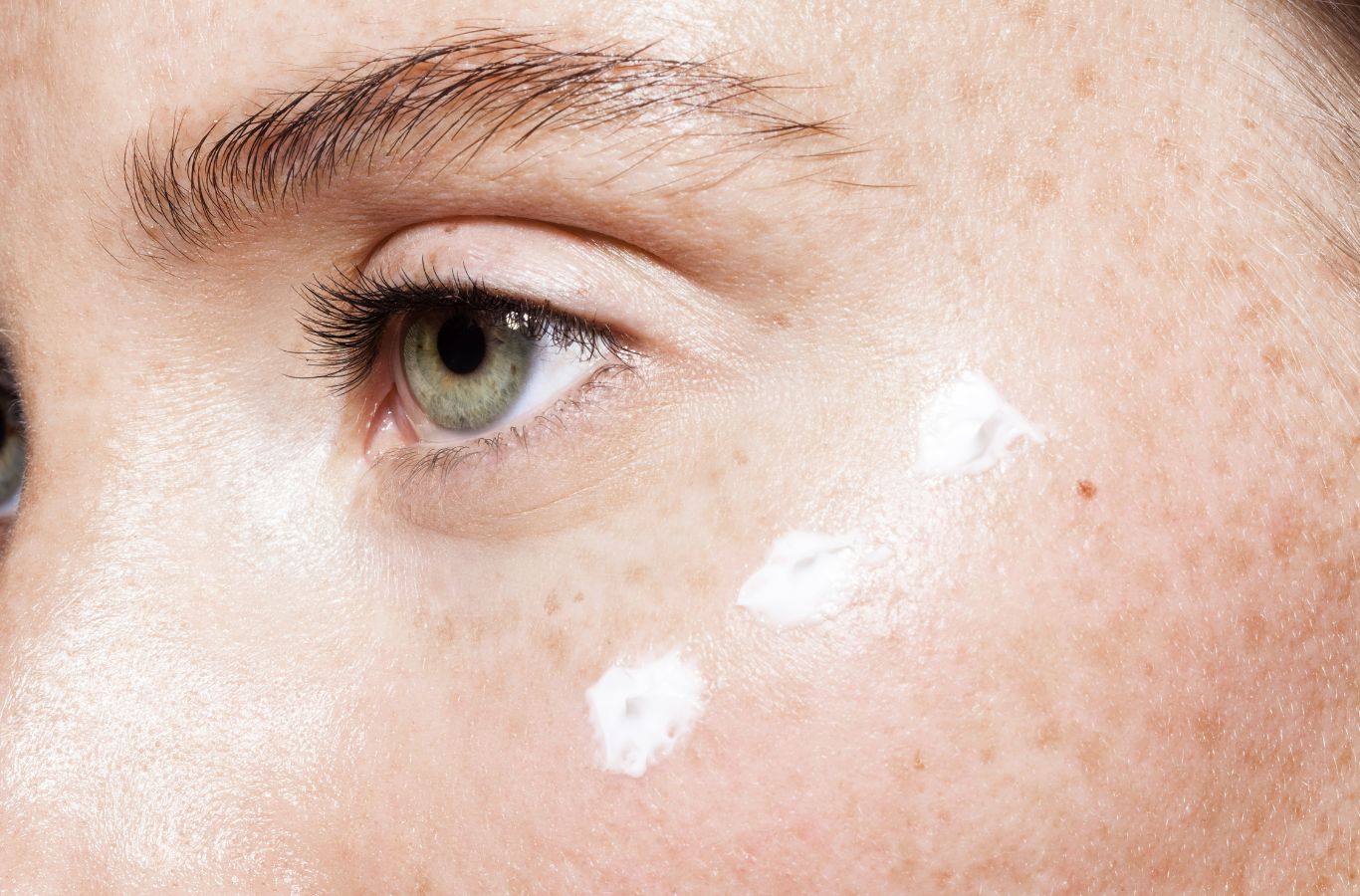
How Today’s Smart Skincare Is Treating the Signs of Aging
Wrinkles. Fine lines. Loss of firmness. These used to be the whispered worries of women entering their forties and fifties. Today? They’re simply skin conditions—with solutions that are as luxurious as they are effective. And for the modern, middle-aged woman who wants to treat aging, not erase herself, skincare has never been more powerful—or more refined.
Lazzaretto’s The Cream is leading this quiet revolution.
Because here’s the truth: real luxury isn’t about masking age—it’s about mastering it. And The Cream has quickly become a coveted staple for women who understand that science and sensuality can (and should) coexist in one glass jar. Its texture is velvety, almost weightless. But beneath that silken finish is clinical-grade performance.
Let’s talk results.
The visible signs of aging—wrinkles, dullness, dehydration, loss of elasticity—are tackled from every angle. The Cream harnesses the power of biomimetic peptides to rebuild collagen, hyaluronic acid to deeply hydrate, and marine extracts to lift and firm tired skin. With daily use, skin feels stronger, more supple, and unmistakably more luminous.
And for the delicate eye area—where age first makes its debut—The Cream is doing what few products can: multitasking with grace. It hydrates, depuffs, smooths fine lines, and revives brightness. It’s no wonder it’s quickly earning the title of the best eye cream for wrinkles among women who demand real results without sacrificing sophistication.
What sets The Cream apart isn’t just what it treats—it’s how it treats. No harsh actives. No overcomplication. Just intelligent ingredients, masterfully blended, to bring your skin back to its ideal balance.
Treating signs of aging no longer means surrendering to invasive treatments or layering eight different products. It means choosing one formula that understands your skin’s needs, honors its evolution, and delivers visible, graceful change.
Aging is inevitable. Looking tired is not.
With The Cream, every day becomes a statement—not of youth, but of power.


